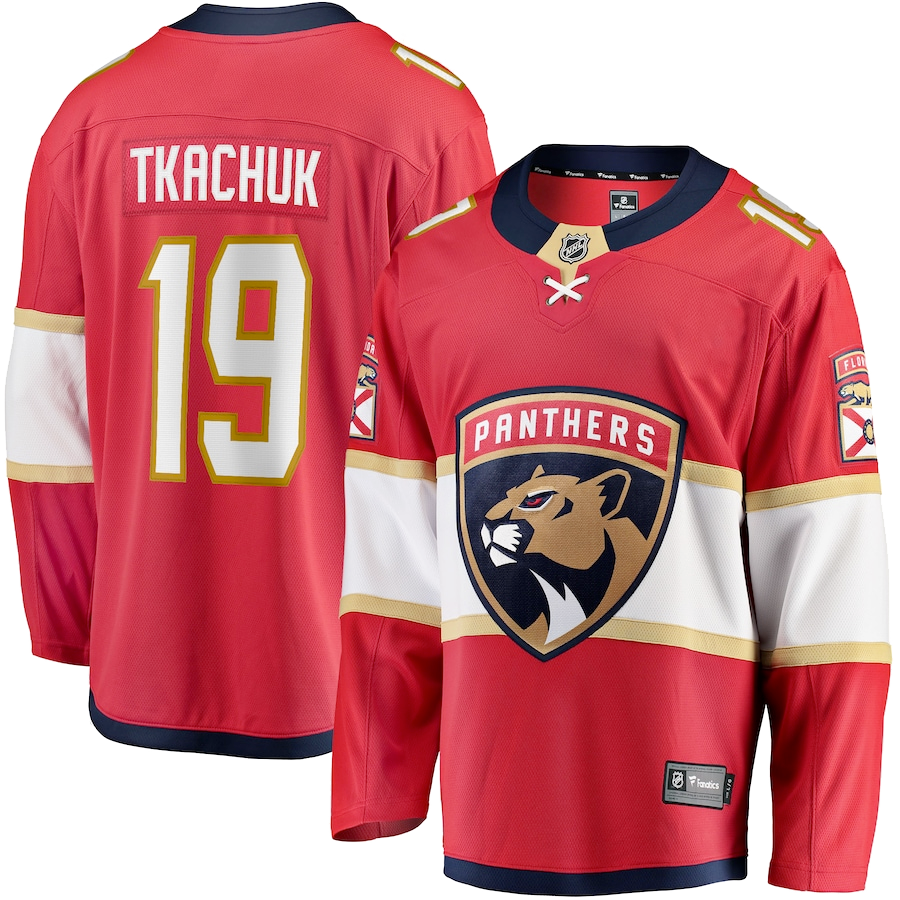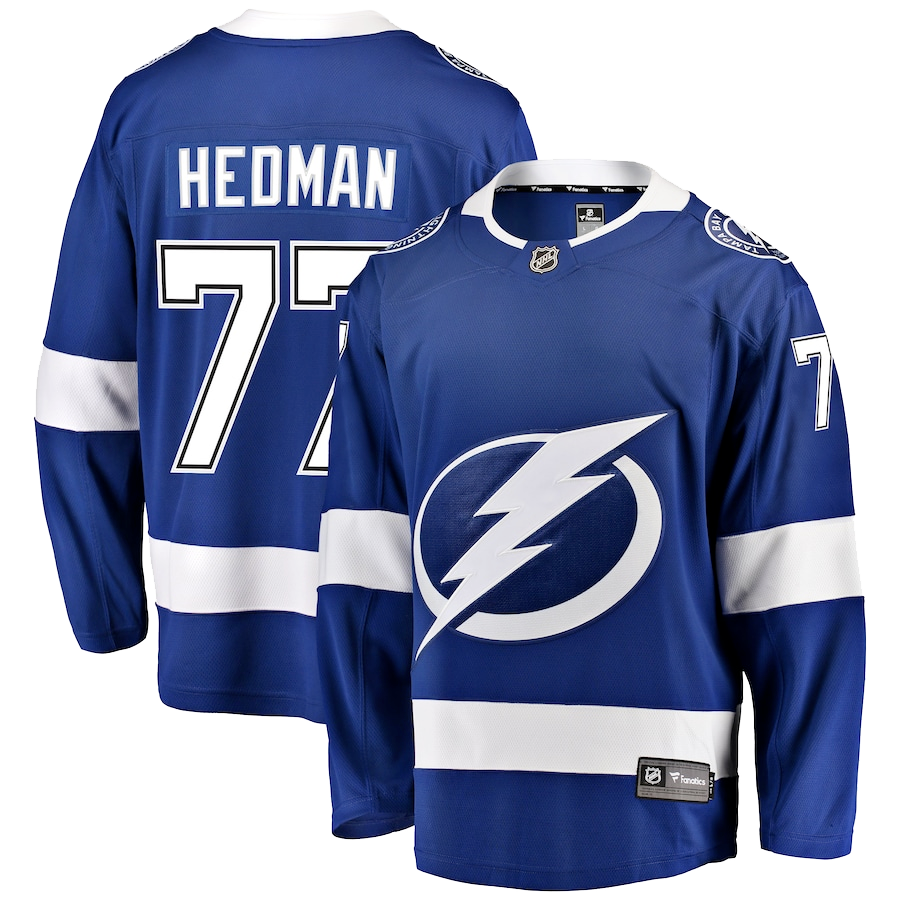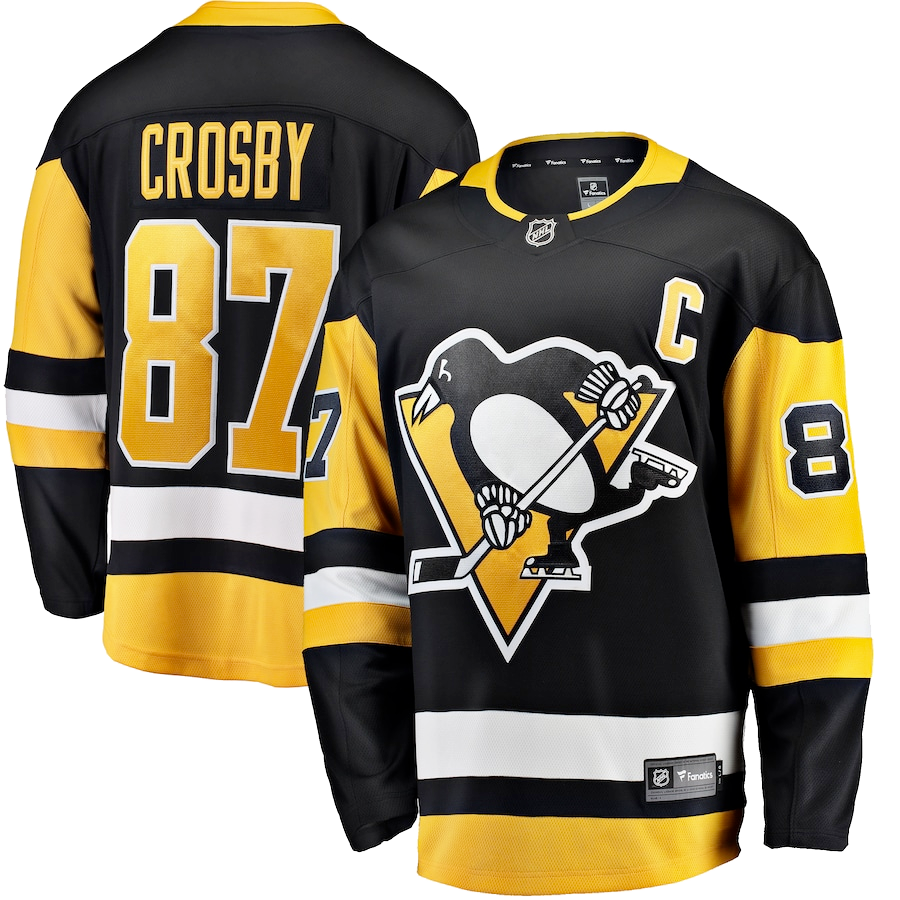I’ll get right to the point, Emile “The Cat” Francis deserves a banner with his name on it up in the rafters at Madison Square Garden. The Rangers have already retired the numbers of five of his former players so why not honor the man who put those teams together, and did so much for the franchise when they needed it the most?
Let me explain.
The New York Rangers are a goldmine, recently valued by Forbes magazine at $1.55 Billion, tops in the NHL. But that was not always the case. Back in the early 1960s the Blueshirts were a moribund franchise on the road to nowhere, seemingly always locked in a battle for fifth place with the Boston Bruins in the six-team NHL. Under the stewardship of GM Muzz Patrick they rarely qualified for the playoffs and attendance was down, especially on weeknights. In addition, some of the better players in the league didn’t want to play for the Rangers and a few even refused to report when traded here.
Fortunately that all changed in 1964 when Emile Francis took over as GM and rebuilt the franchise from the ground up, changing the way the team was viewed by the rest of the league and their fans and ushering in one of the most successful eras in Blueshirt history.
But it almost didn’t happen that way.
Francis was a well-traveled goaltender who played for 17 teams in six leagues, during his 16-year professional career, including a total of 95 NHL games with the Black Hawks and Rangers in the late 1940s and early 1950s. When he retired in 1960, the Black Hawks wanted him to coach their development team in Moose Jaw, Saskatchewan, but Chicago GM Tommy Ivan was slow in making a deal with the Spokane Comets of the WHL to secure his rights. Rangers’ GM Muzz Patrick then stepped in and made the best deal of his career, acquiring Emile’s rights and subsequently offering him the choice of coaching jobs in Kitchener or Guelph. Francis opted for Guelph where he inherited Jean Ratelle and Rod Gilbert. Led by the two future Blueshirts, the Royals finished first in the OHA but lost to St. Michael’s Majors in the finals. The next season, with both Gilbert and Ratelle called up to the Rangers, the Royals fell to fifth place. But by then Francis had made an impression on his bosses and was brought to New York and named assistant general manager.
Meanwhile, back in New York, the Rangers were in dire need of a change. One of Patrick’s biggest supporters, team president John Reed Kilpatrick had died and the Graham Paige Investment Corporation gained control of the Garden, naming Irving Mitchell Felt as CEO. Admiral John J. Bergen became the Rangers President but was later replaced by a New York lawyer named William Jennings who was not fond of Patrick or his love for New York City’s night life. And so when Patrick became involved in an embarrassing argument with Stan Fischler, then a reporter for the New York Journal-American, and asked to resign, eight games into the 1964-65 season (2-3-3) Jennings had little choice but to give the job to Emile who just happened to be in the right place at the right time. And so on October 30, 1964 Emile Francis became the fifth general manager in the Rangers then 38-year history.
[It should be noted that when Francis joined the Rangers instead of the Chicago organization, it was mutually beneficial for both the Cat and the Blueshirts. The Black Hawks had won the Stanley Cup in 1961 under the guidance of GM Tommy Ivan and Coach Rudy Pilous. Ivan had coached the Detroit Red Wings from 1947 to 1954 winning three Stanley Cups. He then moved on to Chicago as GM where he hired Billy Reay to replace Pilous in 1963. Both remained in Chicago until 1977 which would have blocked Emile’s path to the NHL.]
During his playing days Emile had spent his summers managing baseball teams in Western Canada, winning seven championships in ten years. Francis was the shortstop and playing manager, recruiting players from the United States and Cuba, and gaining valuable experience in building teams and handling people. So when he retired, it was natural for him to move right into management.
But Emile didn’t initially jump at the opportunity to replace Patrick. “Muzz was the man who brought me there and I was gonna quit and I told him so,” said Francis. “He said ‘You little son of a bitch, I brought you here to eventually run the Rangers. You better not quit.’ That’s the kind of guy Muzz was.”
Emile then made a demand that not only pleased the players and fans but ultimately put more money into the Garden’s coffers for years to come.
“I’ll only take the job under one condition,” Francis told Jennings. “I said If we make the playoffs and, we’re gonna make them, we have to be able to play here in Madison Square Garden. It’s not fair, number one to the players and number two to the fans. For all these years when the playoffs came the circus took precedent over the Rangers. I was here in 1950; I was the backup goalkeeper to Charlie Rayner. We had the first two games at home against the Montreal Canadiens, went to Montreal for the next four and won that series. Now we’re in the finals against the Detroit Red Wings, five of the seven games were played in Detroit including the seventh game that went into double overtime and two games were played in Toronto which was the Rangers ‘home ice.’ I’ll come on one condition, that we have home ice in the playoffs and they’ve had every home game since then that they were entitled to.”
“I mean we put people on the moon and we couldn’t find something to put between the boards and the ice so the basketball fans weren’t cold,” Emile continued. “That was always the argument there, number one they didn’t want ice below the basketball fans and then in the spring the circus would come in and in April they always had three performances a day. So they still had three performances a day and we still played at night. But they had to come up with a rubber surface that they put over the ice so then they just had to pull that up and away we’d go at night.”
Francis reorganized the franchise from top to bottom. The scouting staff was doubled and the farm system underwent a much needed overhaul and expansion to bring the organization up to the level of the rest of the league. Emile also re-evaluated every player on the rosters of the Blueshirt’s affiliated clubs in the AHL, WHL and CHL, pruning those that were not going to make it to the NHL as Rangers but were taking up valuable roster spots that could have been used for prospects with greater potential. Francis also strove to have enough depth to create a competition for each position, believing that a team has to be competitive among its own players before it can be competitive in the league.
Francis installed systems of play, outlining the way he wanted the Rangers to bring the puck up ice and where each player should be positioned. A set way of killing penalties and fore-checking. He then had the coaches on each of the Rangers affiliated teams use the same system making the transition easier as players moved up through the ranks.
“What we needed was a completely new method of operation throughout our amateur system,” Francis said. “We had to have one set pattern of play, the same pattern to be used all the way through our organization.”
The players noticed the changes right away. “When Emile took over it started to feel like management was interested in the players, interested in getting better,” recalled Donnie Marshall, who had won five Stanley Cups with the Montreal Canadiens. “Emile started to put in a system of things we should be doing on the ice when we got out of our end zone with the fore-checking and all. It became more of a system and you could play within that system. It wasn’t much different than what they did in Montreal. When you got the puck you usually had an idea of where everybody was supposed to be. You didn’t have to start looking for them. You could play your particular style, as long as you stayed within the system. Emile also thought highly of his players and he wanted them to be comfortable playing in New York. It’s a big city and a lot of players came from small towns in Canada.”
Emile also had a great eye for talent. One of his first acquisitions was goaltender Ed Giacomin who became the cornerstone of the franchise for the next ten seasons. He also had the foresight to team Vic Hadfield with Jean Ratelle and Rod Gilbert to create the Goal-A-Game line. He then brought in younger players like Brad Park, Walt Tkaczuk, Billy Fairbairn and Steve Vickers and supplemented them with veterans such as Ted Irvine, Pete Stemkowski and Dale Rolfe.
Slowly but surely Emile changed the culture of the franchise and within two years the Blueshirts made the playoffs for the first time in four years. They then qualified for the post season for a total of nine consecutive seasons.
Their success reignited the existing fan base as well as attracting new followers and by the time the Blueshirts moved into the new Garden in 1968 they were playing to a sold out house every night.
But Francis didn’t stop there. He further promoted the game of hockey as well as adding to the Rangers fan base by creating the Metropolitan Junior Hockey League in 1966. Emile’s inspiration for the league was seeing kids playing roller hockey on the streets of the Hell’s Kitchen section of Manhattan.
“I’d never seen anyone play hockey on roller skates and here they were playing just as naturally as you would play on ice.” Emile remembered. “So I turned around and went back to the Garden but that stayed in my mind and I kept thinking about those kids on roller skates.
The main thing I had to do was build a hockey team but I also had to build a fan base. So I sold it to the Garden as – once they’ve played the game of hockey they’ll be hockey fans for the rest of their lives. It took me a while to research it but I found out there were about 5,000 kids in New York alone on roller skates. So I thought that’s a whole area that we haven’t looked into. I’m gonna start a junior league like we had up in Canada. You could play up until you were 20 years old but I had to find ice for them to play on.
So the first thing I had to do was get Madison Square Garden in the fold. I arranged a meeting with Bill Jennings [Ranger President] and Irving Felt [Garden President]. I explained what had happened and I said I’d like to start with a six team junior league, all kids up to 20 years old. But I need the Garden. I need a place where I can start. Like on Wednesdays and Sundays if I can have the building from 1 to 5 and run a doubleheader. They did this all the time at Maple Leaf Gardens, they’d have two junior games with the clock running and they’d run it off in about four hours and then we’d have a couple hours to get the ice clean and get the place ready for our game at night.
And we’d let them all in for nothing because we’re gonna key in on the people who are coming to see their kids play. By coming to see the games they’ll see Madison Square Garden and furthermore once a kid plays hockey he’ll always be a fan, even when he’s finished playing. And I told them that after a while we can develop players to play in the National Hockey League. So right away Irving Felt jumped in and asked ‘how long do you think it would take to develop a New York kid to play for the Rangers?’ I pulled a number out of left field. I told him I think we could develop some kids within 10 years. I think that sold the idea when I said 10 years. He said let me think about that and a couple of days later they agreed to do it.”
The Met League began with six tri-state based teams and at one point consisted of more than twenty squads operating in cities along the east coast of the United States. The league was the stepping stone for many college players and professionals including, Brian and Joey Mullen, Nick Fotiu, Mike Richter, Jim Dowd, Mark Eaton and Mike Komisarek. In March of 2016 after 50 years of operation the Met League was absorbed into the North American Hockey League.
USA Hockey recognized Emile’s contribution to the sport by presenting him with the Wayne Gretzky International Award in December of 2016. The award, which was established by the U.S. Hockey Hall of Fame in 1999, is given to individuals who have made major contributions to the growth and advancement of hockey in the United States. Francis was the ninth recipient.
Francis served as Rangers general manager from 1964 to 1976. He also had three long stints behind the Blueshirt bench and still leads all Ranger coaches in Games Coached (654), Wins (342) and Points (787). Emile also ran clinics for local high school and college coaches and his tireless promotion of the Rangers as well as the sport of hockey, not only boosted ticket sales at the Garden but helped create a market for the Islanders and later the Devils.
Francis was loved and respected as a “father figure” by his players and has often said that the time he spent in New York, were the best years of his life. He was never able to win a Stanley Cup with the Rangers but he did restore hope, pride and credibility as well as profitability to a franchise that desperately needed a hefty dose of each. Who knows where the Rangers would be today had fate taken Emile on a different path. But since then, through good times and bad, the Blueshirts have drawn sellout crowds, paying top dollar for tickets, with many of those customers being direct descendants of those of us who grew up watching Emile’s Rangers.
It’s not that Emile needs the accolades. He was inducted into the Hockey Hall of Fame as a Builder in 1982 and is still highly respected by the hockey community more than two decades after his retirement. But it’s about time the Rangers honored the man who worked so hard to get the franchise back on track so many years ago, and was a part of so many of the greatest moments of Ranger history.








